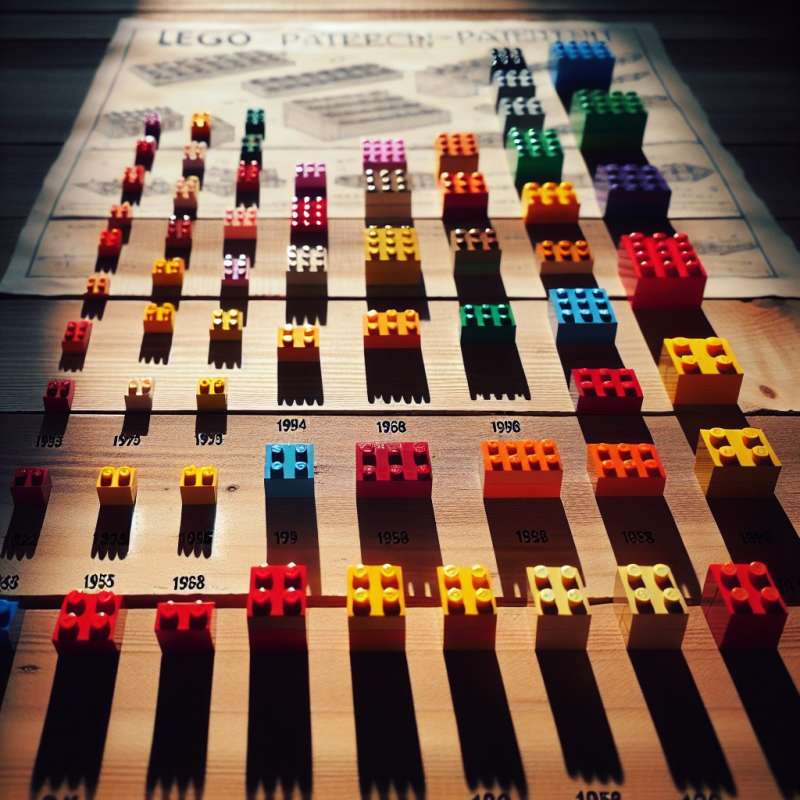
Legos: A Brief History
The Lego Group began in 1932, founded by Ole Kirk Christiansen in Denmark. Initially a woodworking company, it pivoted to plastic toys by 1947 and created the first interlocking bricks in 1949.
Meaning Behind the Name
The name 'Lego' is derived from 'leg godt', Danish for 'play well'. The word also coincidentally means 'I put together' in Latin, aptly describing the essence of Lego.
Evolution of Lego Bricks
The design of Lego bricks has evolved since 1949. The modern Lego brick design was patented in January 1958, ensuring a unique interlocking principle with its tubes inside.
Lego's Global Impact
Lego surpassed Mattel in 2014 to become the world's largest toy company. With products sold in over 130 countries, Legos are a universal language of creativity.
Record-Breaking Constructions
The tallest Lego tower stands at 114 feet, constructed from over 500,000 bricks. Meanwhile, a life-size X-wing Starfighter holds the record for the largest Lego model, using 5.3 million bricks.
Lego in the Digital Age
Lego has embraced digital innovation with video games, mobile apps, and augmented reality sets. They blend physical building with digital play, offering a new dimension to construction.
Sustainable Lego Future
Lego aims to produce all core products from sustainable materials by 2030. They've already introduced bricks made from plant-based plastic sourced from sugarcane as part of their sustainability journey.
Who founded the Lego Group?
Hans Christian Andersen
Ole Kirk Christiansen
Kjeld Kirk Kristiansen
Company